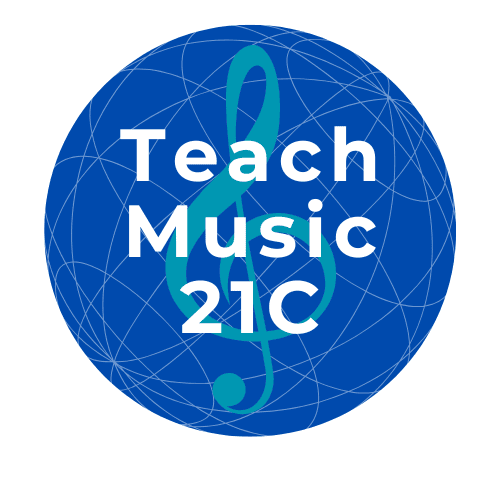Everywhere I go these days, I’m impressed to see how many music studio teachers are reevaluating the traditional master/apprentice model. There’s an extraordinary transition taking place as teachers work hard to incorporate the various layers of student-centered teaching: authenticity, flexibility, collaboration, and reflection to name just a few. What a fantastic development! Here’s what I notice...

We Focus on Authenticity and Personalized Learning
As music teachers I think we’re all familiar with traditional models wherein students were expected to conform to a specific mold of what ideal students and accomplished musicians should look like. Now, music teachers are moving toward a more individualized approach, where students’ interests and musical preferences are central to the learning process. Like my colleague Angie who helps students with exploring repertoire/technique from her vast expertise in combination with the musical interests grounded in her students’ own daily lives. This approach allows teachers to pass on what they know while simultaneously empowering the individuality of each student as music maker.

We know Flexibility is a Key Feature
In a student-centered teaching model, teachers adjust teaching methods and materials to fit the diverse needs of each student. This flexibility allows for a more dynamic and active learning environment, where students feel supported in their unique paths. For example with my colleague Jonathan, he's discovered some students thrive by learning by ear, learning by reading, practicing a lot, exploring Taylor Swift, and more. Jonathan doesn't feel boxed in by only doing RCM exams or any formal music teaching approach. In all situations, the teacher’s ability to adapt ensures that learning remains relevant and engaging.
We use Collaboration to Empower Our Students
In the past, music lessons often consisted of one-way transmission of knowledge—from teacher to student. I appreciate how today’s student-centered teachers actively engage students in conversations about their goals, progress, and challenges. Like my colleague Jessica who makes space in her schedule to talk with students and their parents about the various layers that influence students' musical journey. This collaborative process helps her with making sure students have ownership of their musical development, fostering a sense of agency and responsibility. Teachers take on the role of facilitator guiding students through a meaningful and personal discovery process.

We know Reflection is Essential
Reflection plays a pivotal role in student-centered music teaching - as the guarantee that teachers and students are heading in the desired direction. This means teachers encourage students to think about their musical journey, reflect on what strategies worked, where they struggled, and what’s necessary for their next step. It’s always interesting to see teachers facilitate this process by asking meaningful questions and collaborating on constructive feedback that helps students develop their own personal music strategies.
Bringing It All Together
Authenticity, flexibility, collaboration, and reflection provide powerful cornerstones for today’s music teachers and students. I appreciate how this combination makes it possible for today’s music teachers to empower our students in ways that traditional methods have not succeeded. By bringing it all together, we create dynamic learning environments that foster lifelong music making and unlock students’ potential to make meaningful musical connections.
We're transitioning into a new way of teaching that involves building on what we've always done, letting go of outdated strategies, and inviting our students to contribute in multiple meaningful ways. Our transitioning is underway!
Where do you see your strengths as a music teacher? Authenticity? Flexibility? Collaboration? Reflection?
What could you do better? How would that happen?
Are there strategies you need to let go of? What about new strategies?
